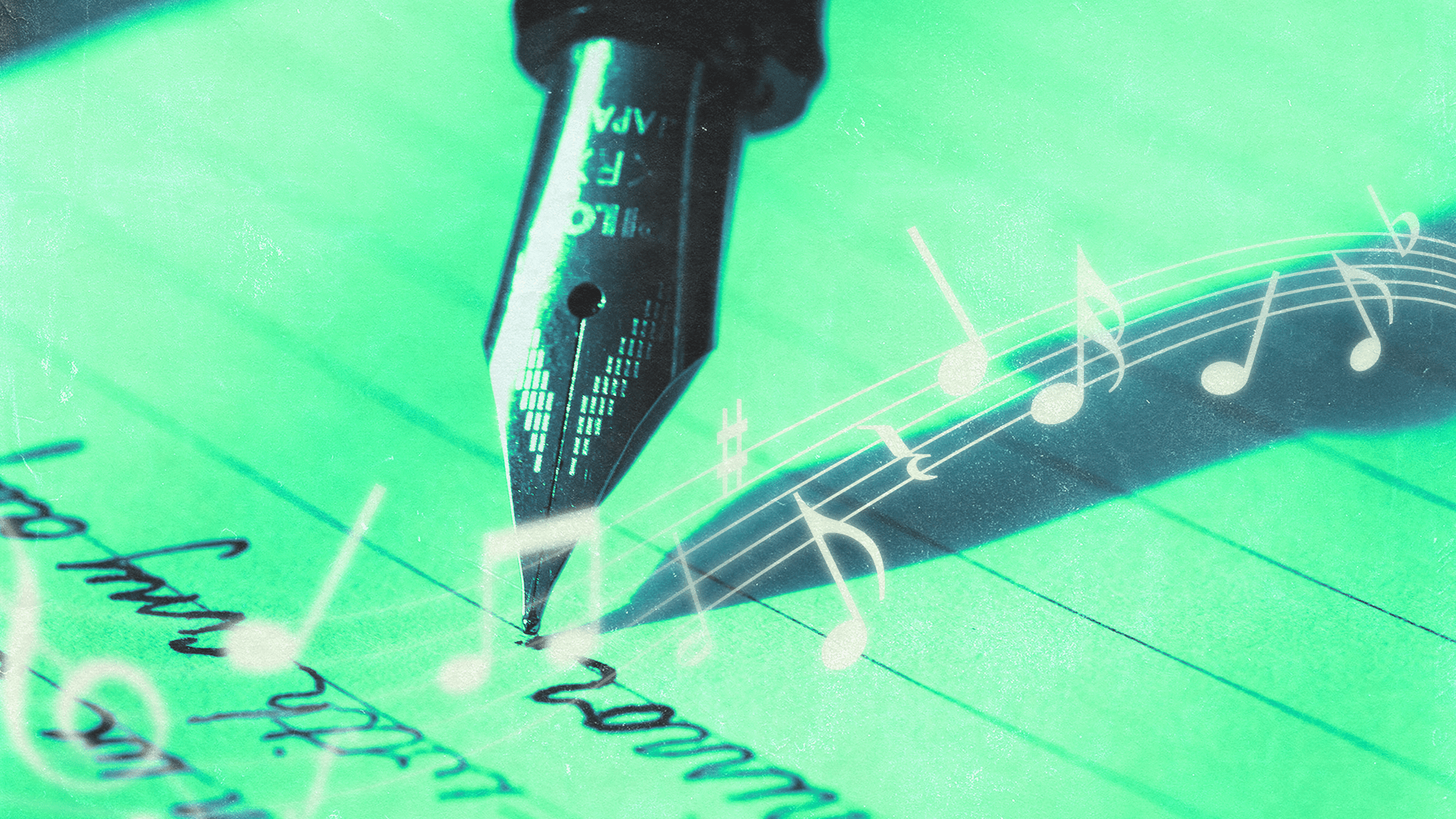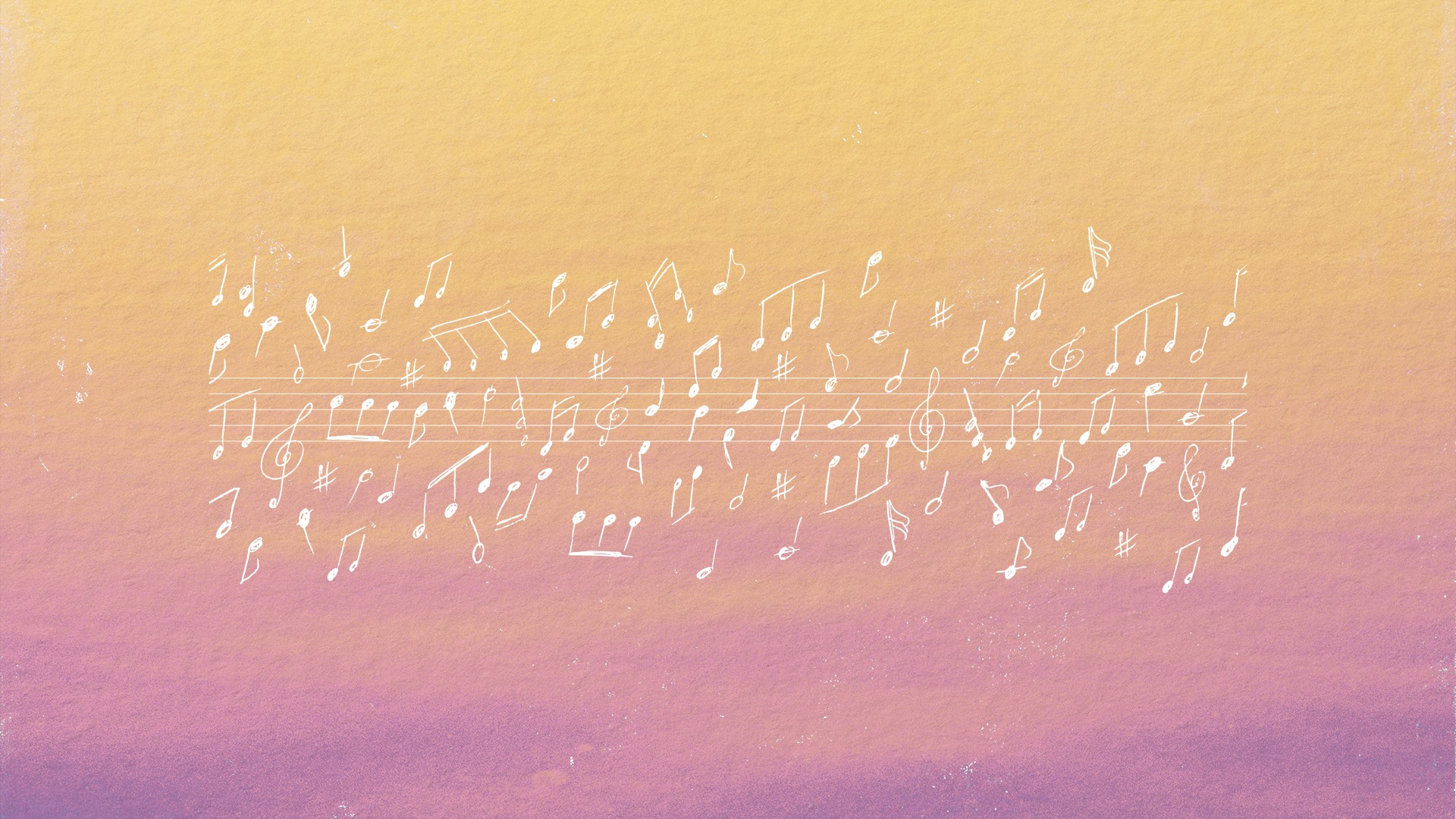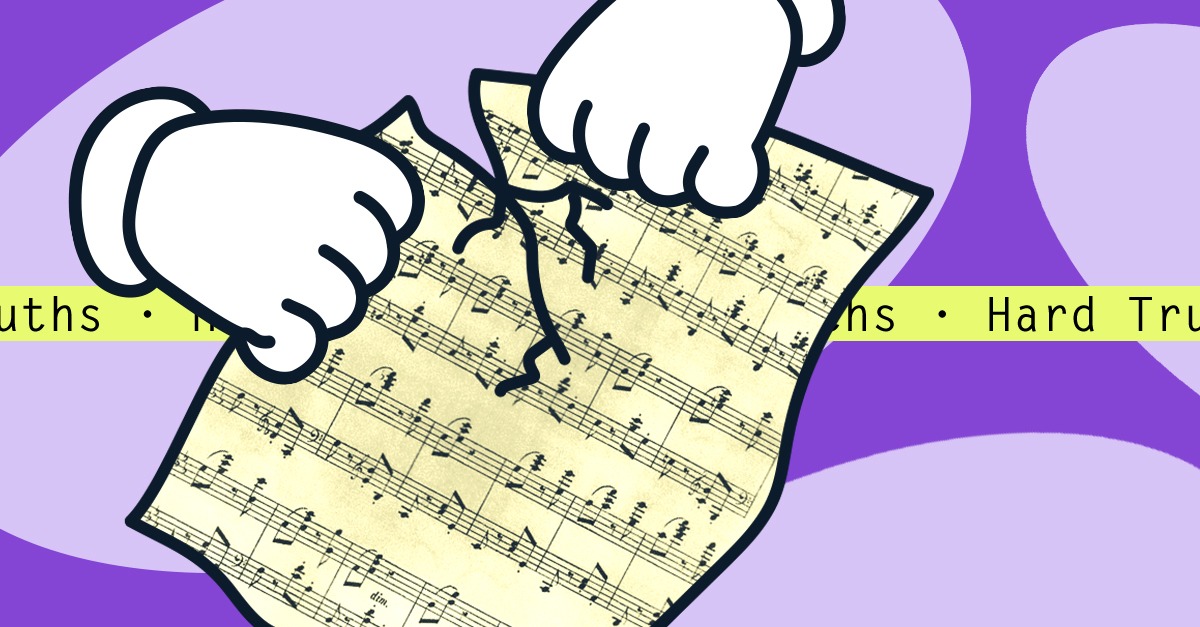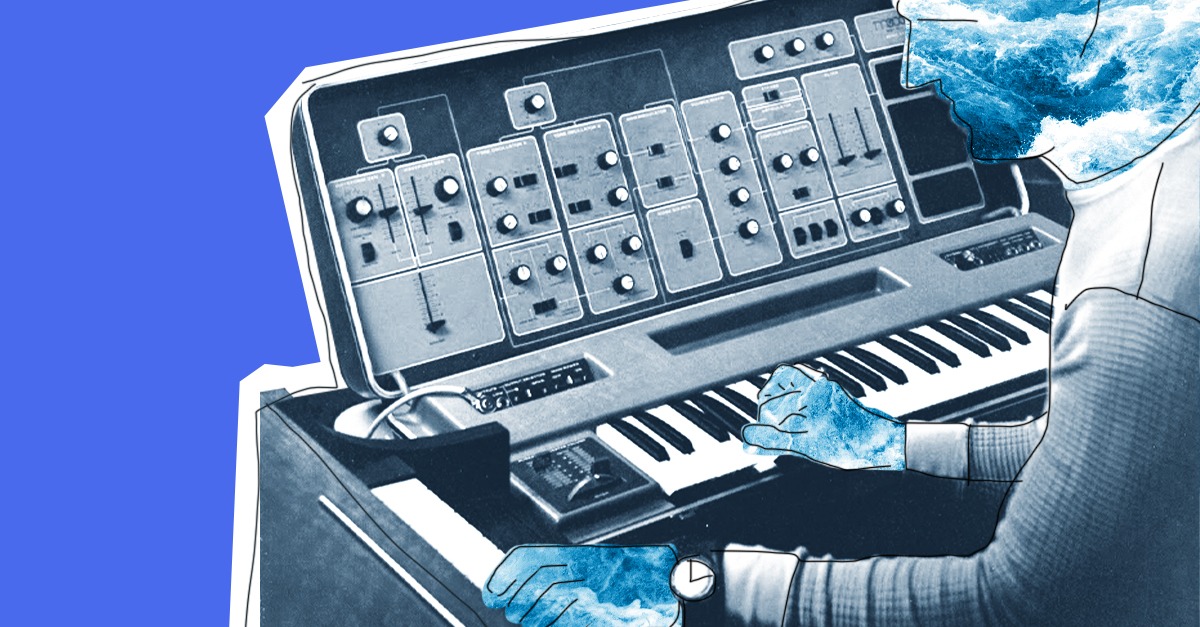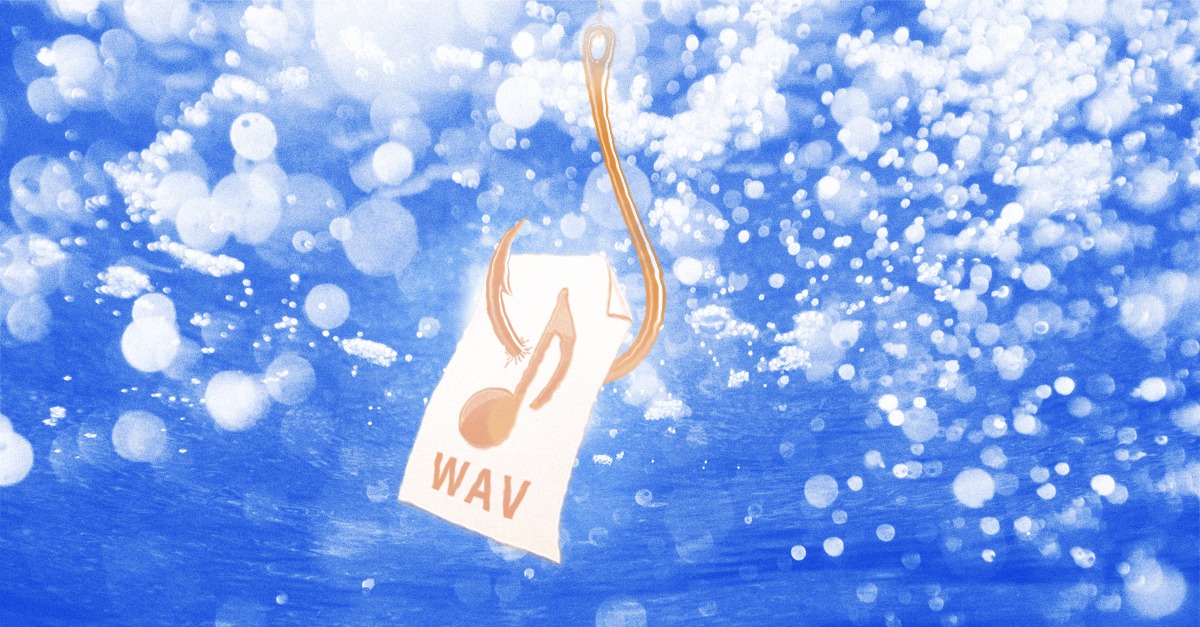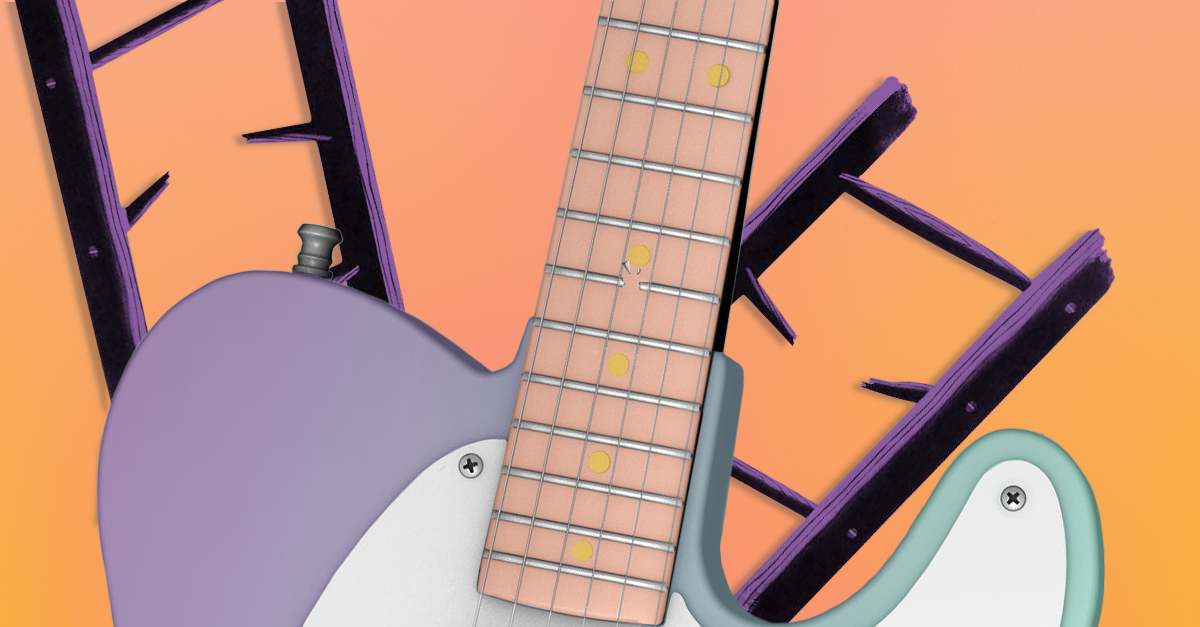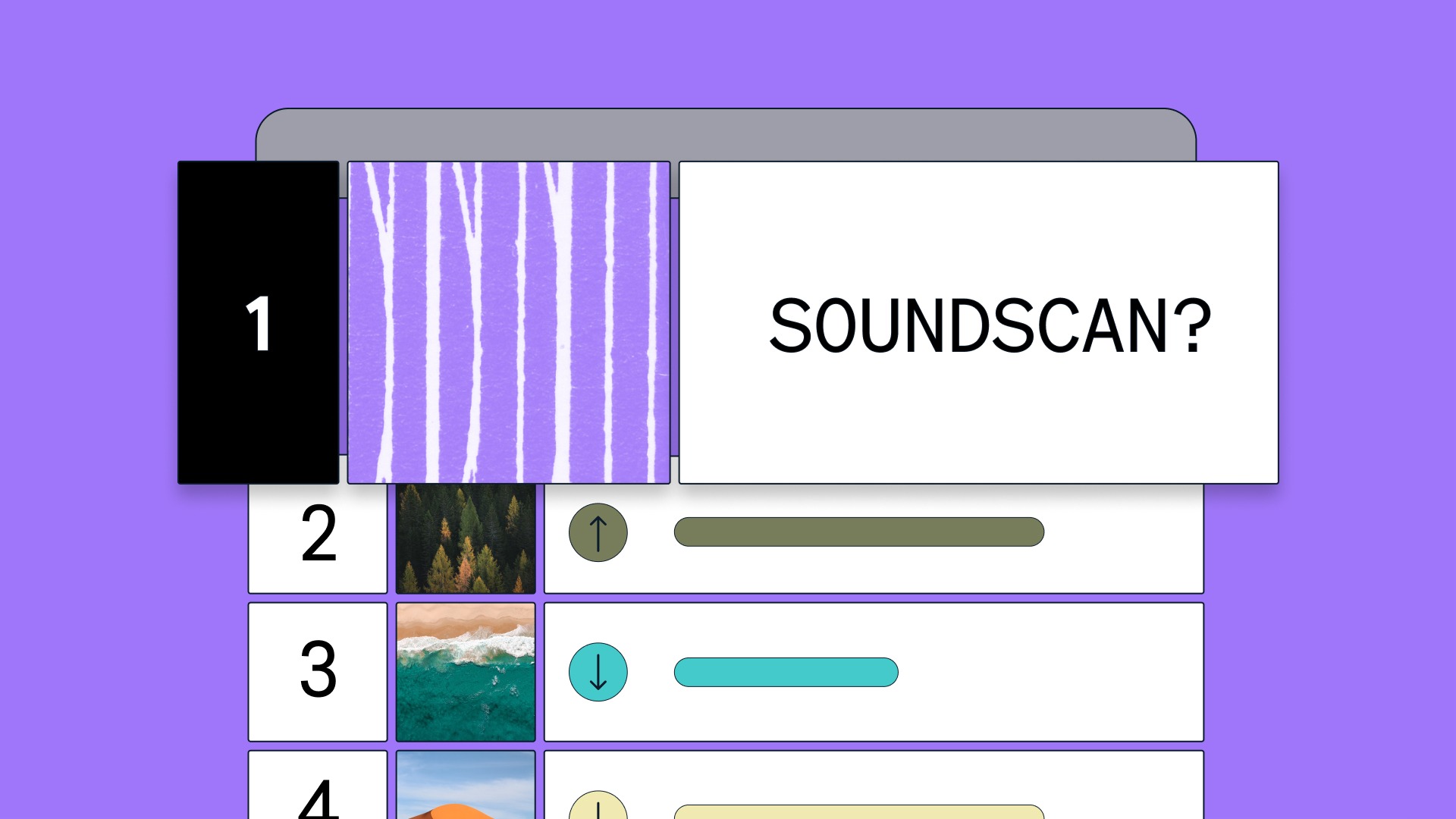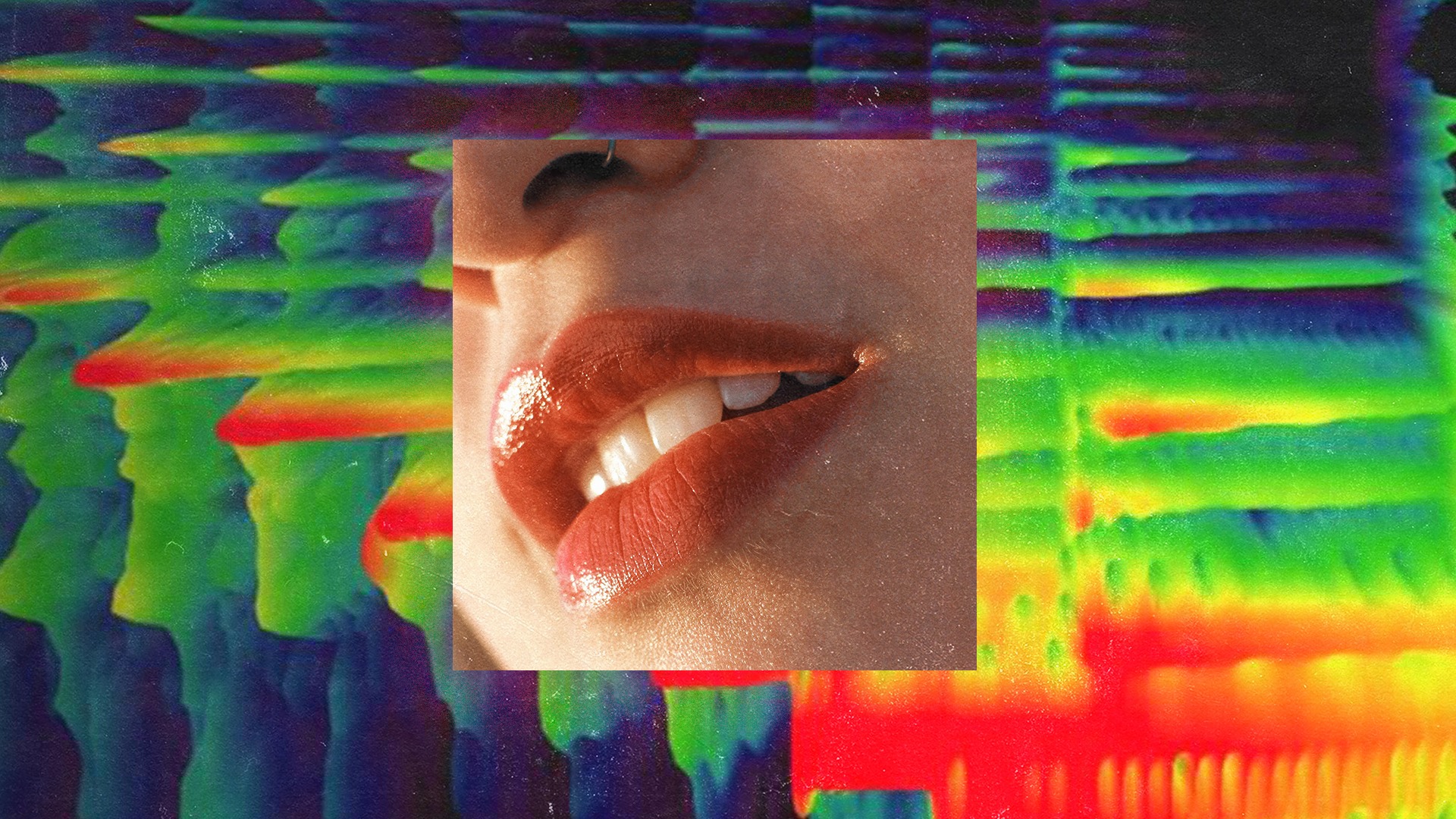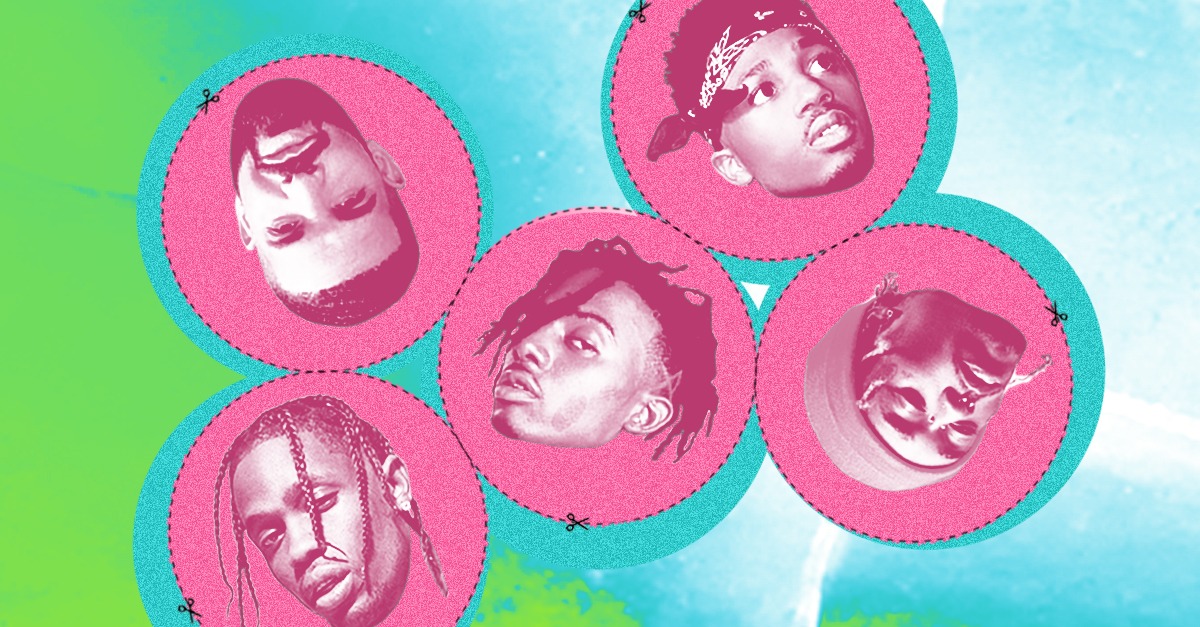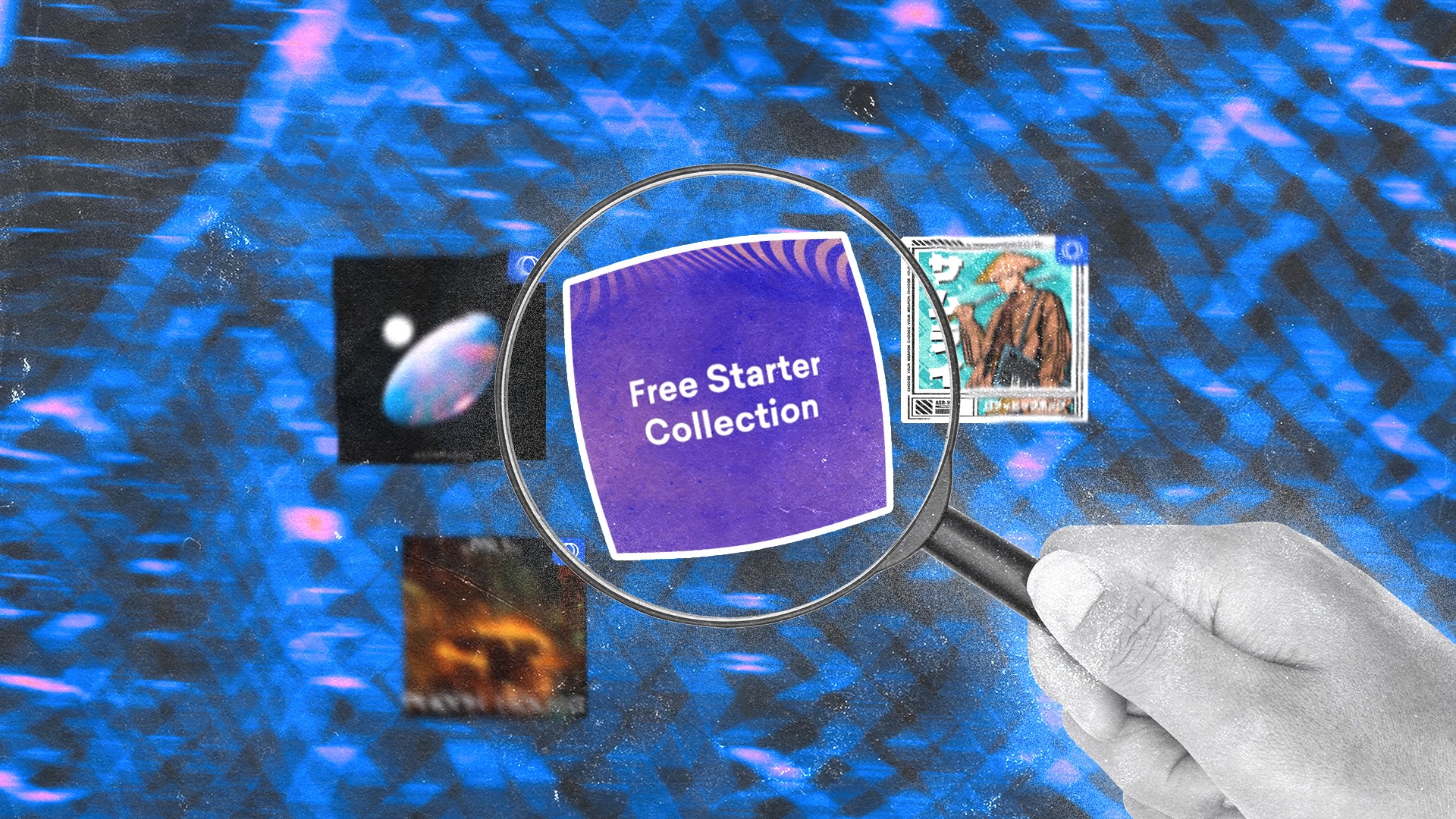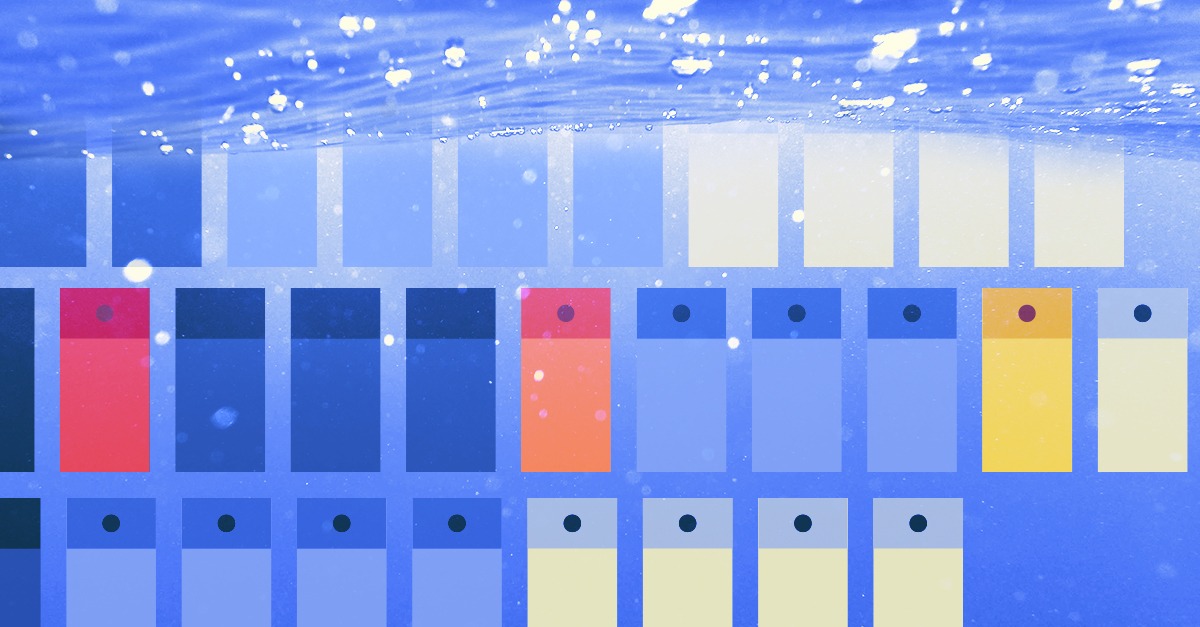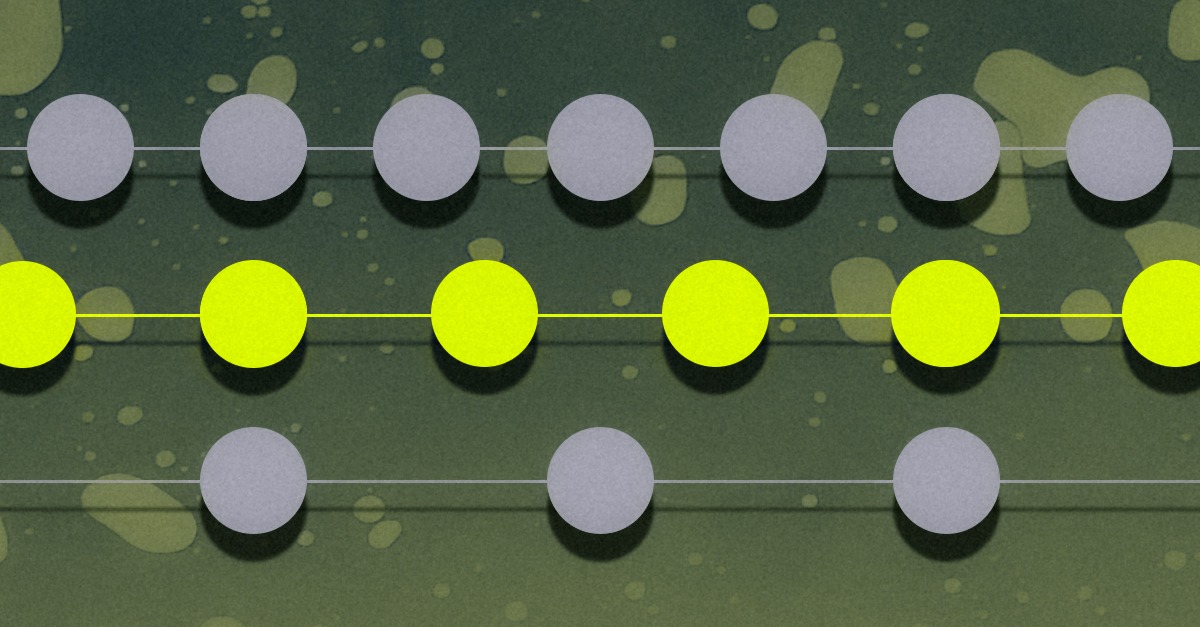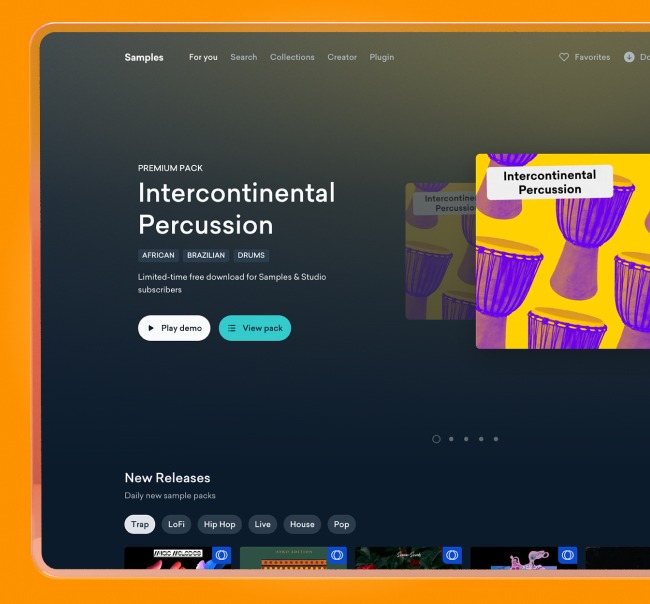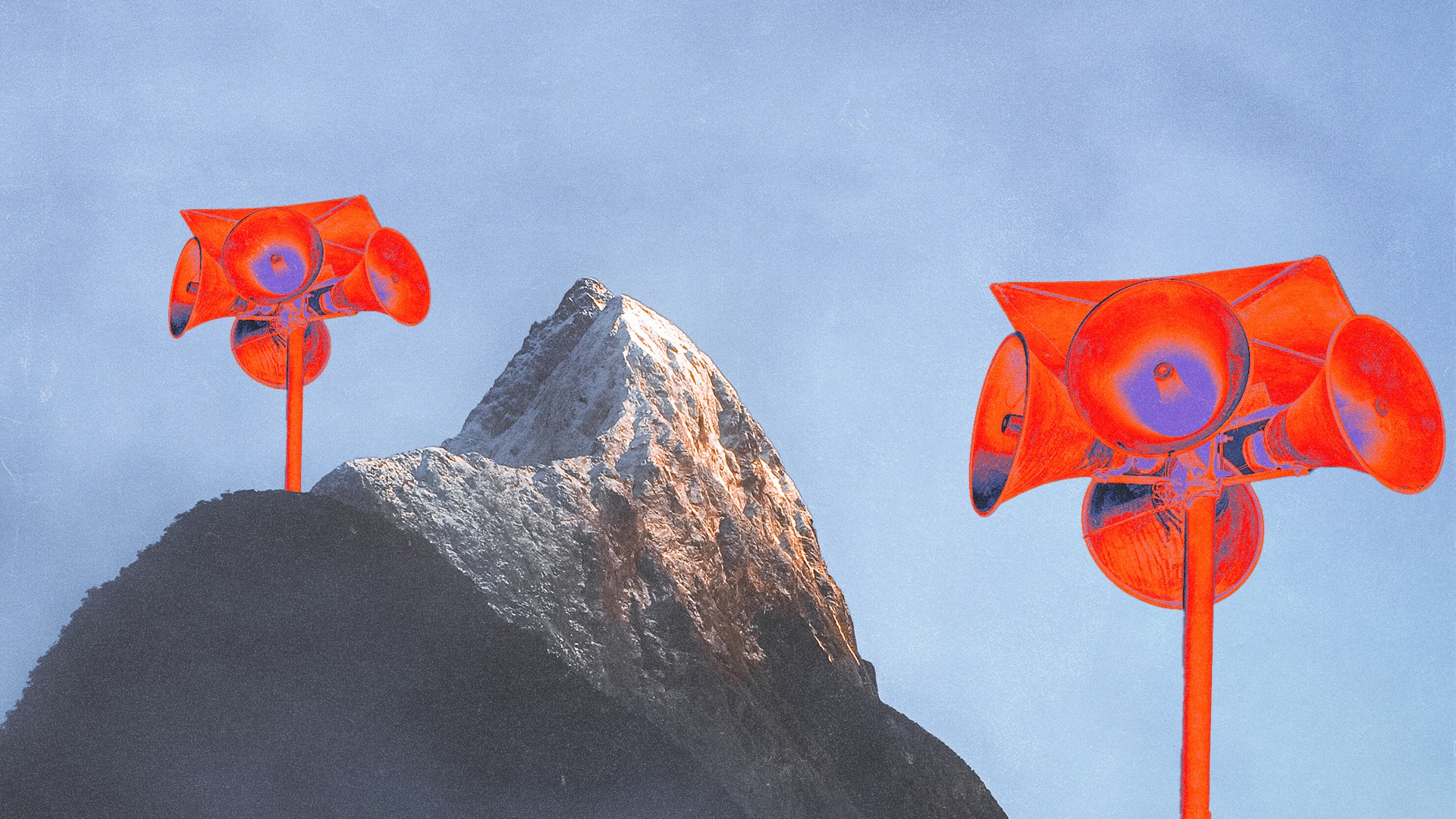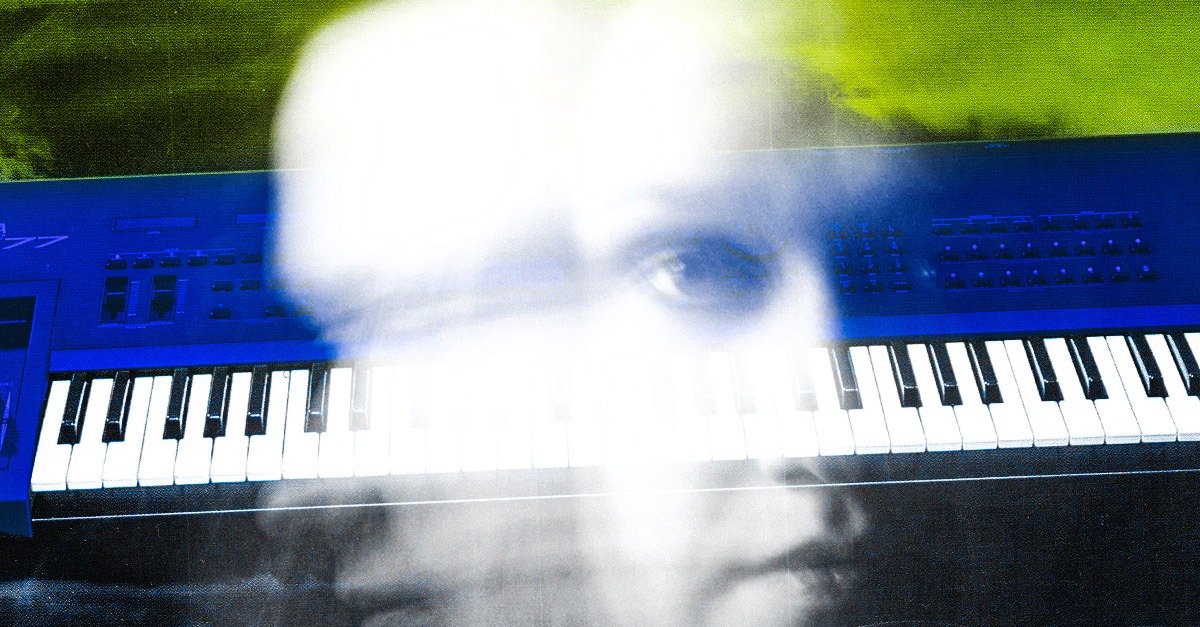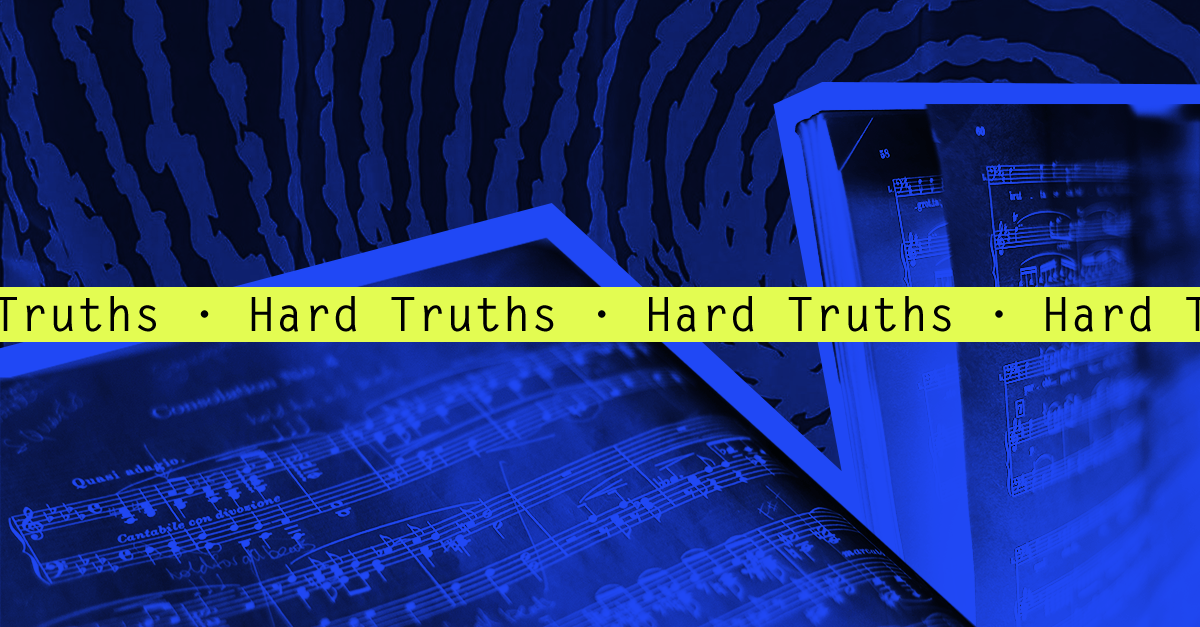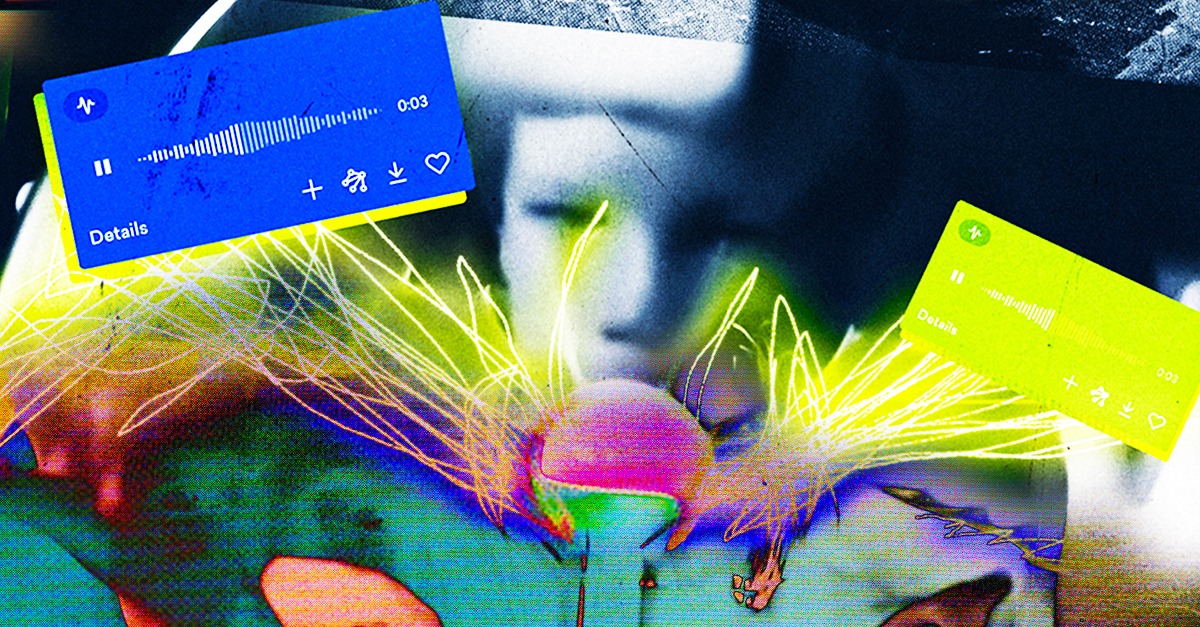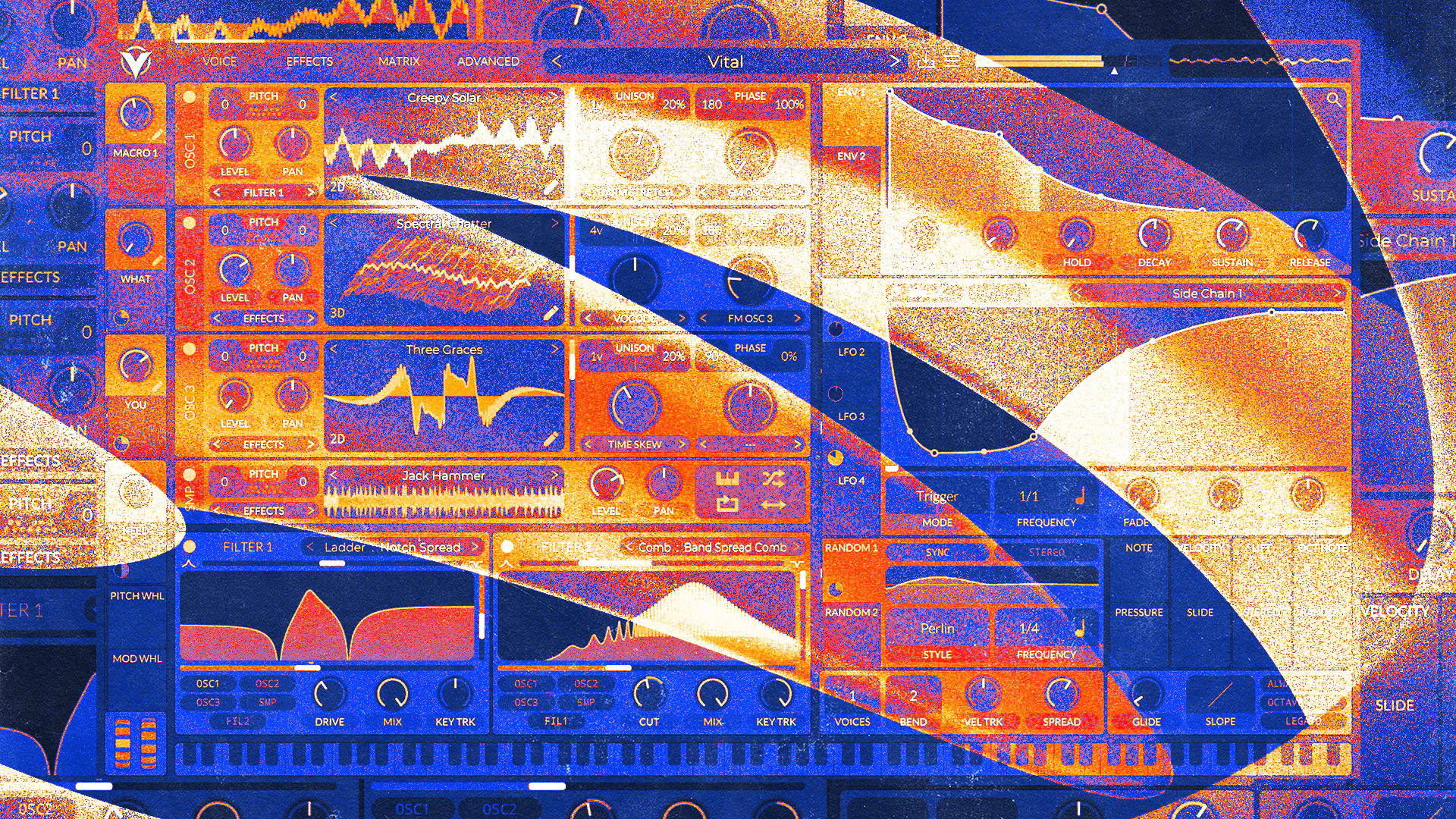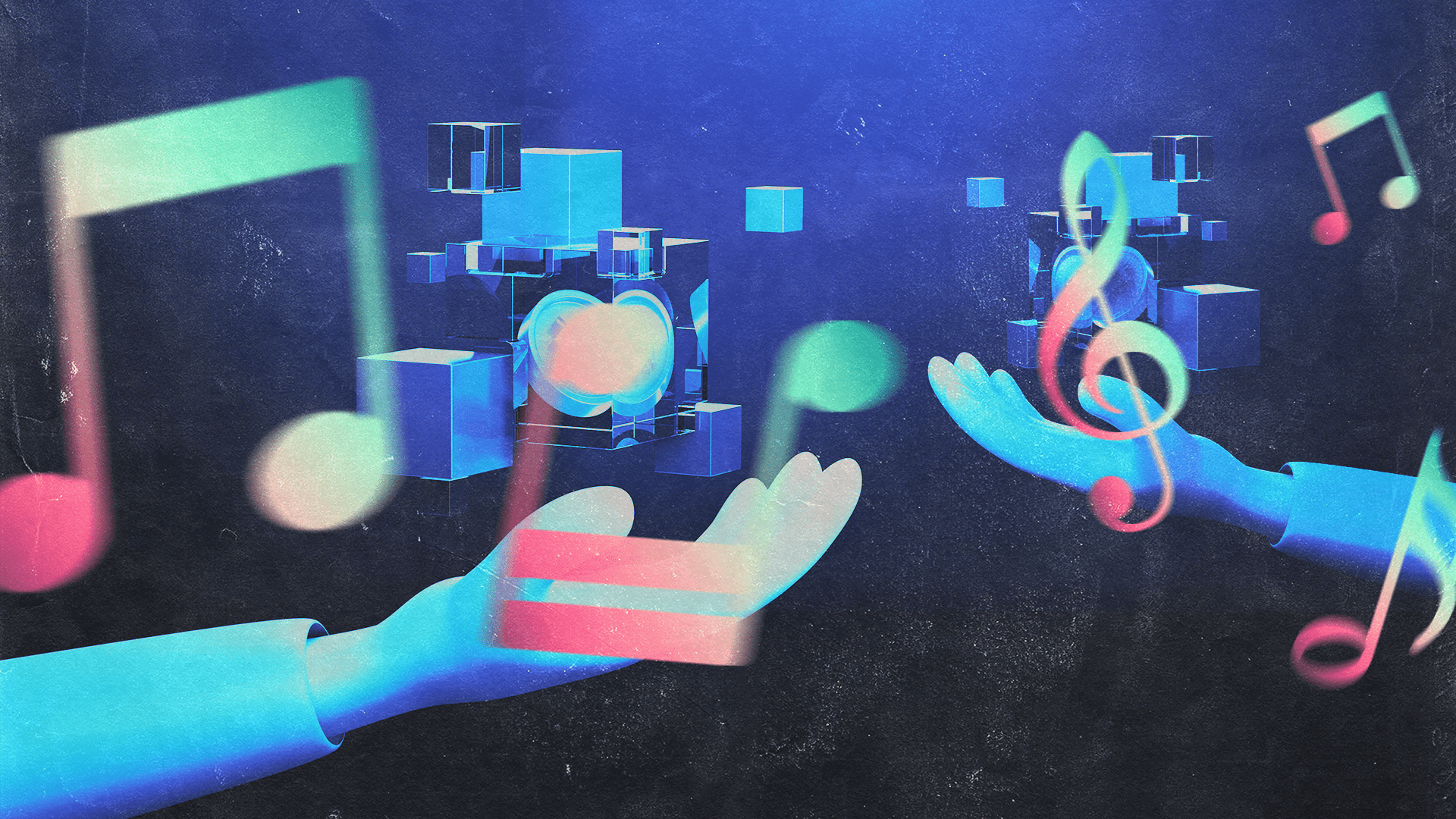
Pop Music 101: The Producer’s Guide to The World’s Biggest Genre

Pop music is everywhere.
The loosely defined genre that dominates streaming charts, billboard sales and radio airwaves is part of the fabric of everyday life.
From clubs to retail stores to car stereos, pop is inescapable.
But what is pop music really? What are its key features and how can you produce it yourself?
There’s a lot to unpack here, so get ready for the comprehensive producer’s guide to pop.
In this overview I’ll break down the history and hallmarks of the genre, suggest strategies to make it and give production tips to nail the modern pop sound.
What is pop music? Where did it come from?
Pop music is short for “popular music.” It refers to the dominant genre of contemporary music that caters to a wide audience. It’s music that is written, performed and produced to achieve the broadest possible appeal.
Pop music is a developed genre that includes a recognizable set of stylistic conventions known to resonate with listeners.
In general they are:
- A strong focus on vocals and lyrics
- As many hooks and catchy elements as possible
- Lyrical subject matter that focuses on emotions and relationships
- A strong presence of the artist’s persona or identity in the music
- Repeated sections that encourage singing along
- Beats and rhythms that encourage dancing
Where did today’s pop come from? It’s a long story.
There have always been different types of music for different purposes in human societies.
In the earliest musical traditions, you’ll often find a division between music used for solemn purposes like religious rituals and more playful music used for social gatherings.
In the broadest sense, pop is a product of this divide.
There have always been forms of “popular” music that refer to the styles and genres that everyday people favor for parties, dancing, social occasions and casual listening.
When it comes to modern pop, the origins of the Western tradition lay in the transition from instrumental and religious music to songs with subject matter related to ordinary life.
You can still see this attitude today as pop songwriters try to tap into universal human experiences to make their songs relatable.
Need a shot of inspiration?
More guides to get you started.

But what about modern pop music?
That all may sound a little far removed from today’s world of pop hits.
The trajectory that led to the genre as we know it today starts arguably around the turn of the 19th century.
And while you could read dozens of books on the subject, here’s the quickest breakdown of the road to modern pop.
Early 20th century
The unique cultural environment of 1900s New Orleans gives rise to a musical style that blends European, African and Caribbean music into a distinctive genre—jazz.
Jazz matures alongside early radio formats like country and blues as American listeners begin buying phonograph records.
By the 1940s, the first mainstream music stars emerge with figures like Bing Crosby and Frank Sinatra.
Mid 20th century
Black musical traditions in the United States influence white artists such as Elvis Presley as a harder-edged, more youth-oriented sound emerges—Rock’n’roll.
Rock makes its way to post-war Europe where it inspires a generation of artists, including John Lennon and Paul McCartney of The Beatles.
Vinyl records become a household commodity as recording technology improves.
Motown, Phil Spector and other legendary labels and producers turn the hit single into a musical product that reflects the spirit of contemporary culture.
Rock dominates the counterculture throughout the 60s and 70s as the LP becomes a potent force in the market.
Late 20th century
The music industry matures, catering to more diverse audiences. Hip-hop, alternative rock and country become leading forces in the charts as more accurate tools are introduced to measure success.
The industry faces massive shifts as CDs give way to digital downloads. The file sharing movement threatens physical music sales, leading to upheavals in how music is bought and sold.
21st century and beyond
Pop goes worldwide, with distinctive pop music industries and fandoms arising in Latin America, Asia and beyond.
Global artists influence US-based pop in turn, creating a dialogue that pushes pop into new territory.
File sharing and download stores wane as streaming services capture the digital music market.
Pop is now a massive cultural phenomenon, producing some of the world’s biggest celebrities and driving enormous revenues for top performers.
Modern pop music: How to get the sound

Isabelle takes on pop.
If you’re looking to start producing pop music, you probably know how crucial it is to achieve a polished, professional sound.
After all, the biggest hits have a distinctive commercial gloss that makes them sound great in many different scenarios.
In this section I’ll break down key elements in a typical pop music production and suggest some techniques to achieve them.
Pop music vocals
Let’s start with the most important factor.
Pop music needs to connect with casual listeners directly on an emotional level. Vocals are the main musical element driving that connection.
With such an important factor, you’ll need to put a lot of energy into getting it right.
That means starting right at the beginning. You can’t get a compelling vocal without a strong singer delivering a great part.
But when it comes to pop production, that’s just the beginning.
Vocals are among the most highly processed elements in a pop track. They need to sound pristine, polished and larger than life in the mix.
Here’s a collection of posts that can help you get started with pop vocal production.
Pop music hooks
Despite the effort it takes, a great vocal sound won’t make a difference if you don’t pair it with a memorable hook.
A hook can come from a catchy vocal melody or pithy lyric, but it can be anything in the musical texture that grabs a listener’s attention.
A groovy bassline, instrumental tag or even a sample can provide the basis for a hook.
Whatever it is, your hook has to hit fast and hard.
After all, you may have only a few seconds to catch a listener’s ear and reel them in—that’s why it’s called a hook!
Unfortunately, hooks are notoriously tough to come up with from scratch. If you’re stuck and need ideas, here are some resources to help you create your own catchy hooks.
Beats
As pop music merged with electronic and hip-hop, it focused more on beats that could get listeners dancing.
Today, most music fans expect pop music to feature danceable beats on par with club-ready electronic and trap tracks.
That means the sounds and patterns need to be powerful and punchy enough to put the rhythm right upfront.
Building beats that hit hard isn’t a challenge exclusive to pop music. But you’ll still need to learn the core techniques to make beats bump to succeed.
Beat Making 101
Get started building beats.
As I mentioned before, samples are playing a bigger role in pop music every year.
A recognizable sample used in an unexpected way is a powerful tool to bring listeners into your music.
But the business of clearing samples for commercial use is getting more serious every release cycle. If you can’t clear the rights to the material, you won’t be able to include it in your tracks.
Even so, it’s more likely than ever that the beats, loops and instrument sounds that make up pop tracks come from sample libraries.
If you can’t find the right vibe for your track, you’re not limited to sounds you create yourself—try a sample library like LANDR Samples. Even if you just need a new sonic texture to kickstart inspiration, you’ll find something there to help you.
Pop songwriting
Even if you’ve mastered the genre’s sonic hallmarks, you still need a great song to bring them together.
That’s where songwriting comes in.
It may seem like an impossible skill to learn, but songwriting is just like any other discipline in music. Practice often and you’ll improve!
That said, if you’re just getting started it can help to have some advice for where to begin.
Understanding song structure, musical form and tips and tricks for writing lyrics and chord progressions are essential.
Pop music typically revolves around the chorus as the central vehicle for the song’s hook and melody.
The rest of the song’s energy should build toward a payoff in the chorus—and listeners should be able to sing along!
If you want to get started with pop songwriting, head over to our resources to learn more.
Learn songwriting
Let these posts be your guide.
The most popular music genre
Pop music is hard to define, but easy to identify by ear. That might just be what makes it so powerful!
And though the genre will continue to evolve with the trends and styles, you can create create your own take on it with the right skills.
Whether you’re looking for that signature glossy pop vocal production or beat building tips to get the club moving, there’s something in this guide for every aspiring pop producer.
Gear guides, tips, tutorials, inspiration and more—delivered weekly.
Keep up with the LANDR Blog.

